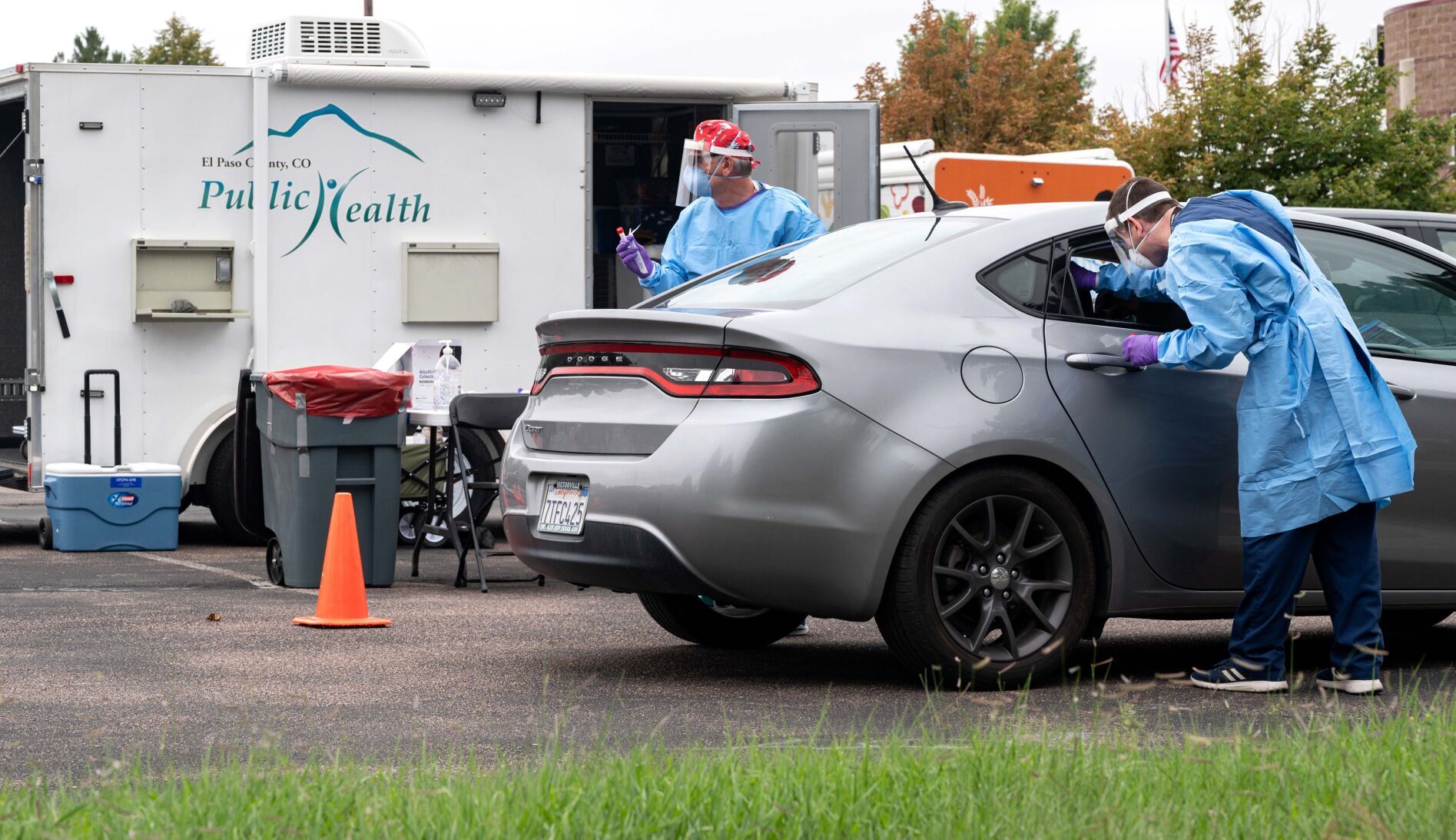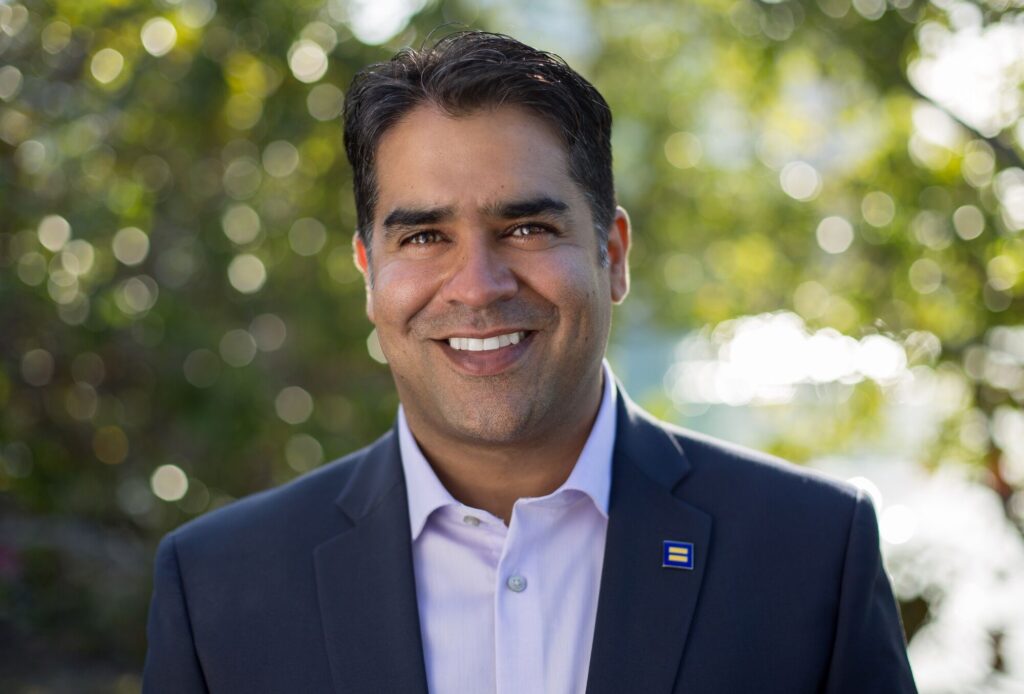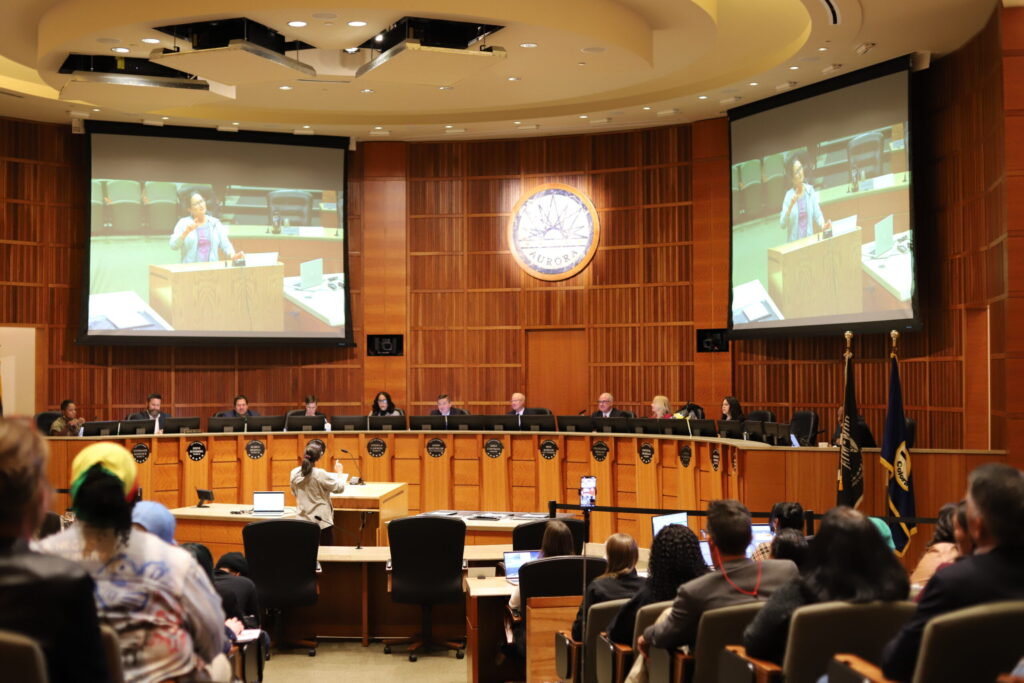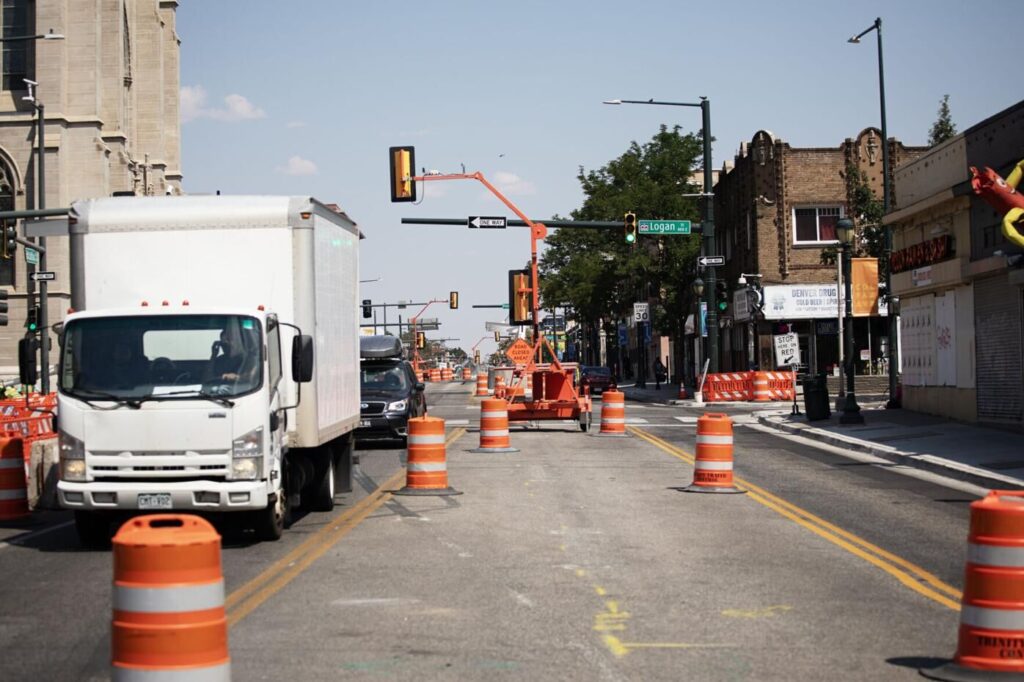COVID-19 contact tracing in El Paso County, Denver plows on as other communities pull back

While some states and counties ended their coronavirus contact tracing efforts during January in the face of an overwhelming wave of omicron cases, El Paso County and Denver public health workers have plowed on – prioritizing groups and individuals most at risk of severe illness.
The highly transmissible omicron variant has infected on average 1,456 residents per day in El Paso County this month, far more than the 28 county contact tracers could speak with and so the agency is prioritizing those in high risk settings such as nursing homes and those under 18 and over 50 to call. The team has been setting out to contact 500 to 700 people per day, said Haley Zachary, communicable disease program manager. A far smaller number typically call the department back, but Zachary said those one-on-one conversations are still helpful.
“There are still a lot of people out there that don’t know the facts and don’t know the resources and don’t know how to prevent spread,” she said.
The health department has scaled back its contact tracing before in the face of high case numbers and limited the number of times people are contacted. The department would like to call each person three times, but that has been scaled back to two and then once with a text message, Zachary said.
The instances of residents not getting a call back from the health department should be a rare occurrence, she said.
The department has also struggled with diminishing participation and before the omicron wave ramped up in January, when the department was able to contact 90% to 100% of those positive, only about 30% of the population was participating.
A 30% participation rate can still prevent disease, but local health departments need to evaluate if time spent on contact tracing could be better spent on public education efforts, said Lisa Miller, an epidemiologist with the Colorado School of Public Health.
In El Paso County, the department has invested in both, Zachary said.
In Denver, contact tracing was also prioritized when daily cases exceeded the Department of Public Health and Environment’s capacity. There were days when daily cases surpassed 4,000, said Tori Burket, the manager of the agency’s epidemiology and disease intervention program.
Investigators would first look at dates: If the person had tested positive two to three weeks before, they were likely already out of isolation, and contact tracing wouldn’t be as useful. They would then turn their focus to age. Coloradans under the age of 18 were given priority to address possible family or school clusters. Those over the age of 65 were, too, because of their higher risk of disease, Burket said.
If there was need to prioritize further than that, investigators would then look at zip codes. Part of the contact tracing process, Burket said, was helping some families get resources – like enrollment in federal assistant programs – should they be unable to work or leave their homes for extended periods. The city honed in on five specific zip codes where people were being referred to resources at higher rates.
That way, Burket said, the city could focus on areas with higher needs and ensure they were addressed.
Through the omicron wave, El Paso County has also worked to keep identifying and controlling outbreaks, she said. The department has identified 53 outbreaks this month, mostly in long-term care facilities – priority settings for prevention.
“If we don’t have people who are able to keep going because everyone is out sick then our society stops,” she said.
The fast-moving omicron variant demonstrated nationally how widespread sickness can force restaurants, schools and many other employers to close or move to remote operations while staff recovered.
The overwhelming numbers have also prompted some departments to suspend contact tracing efforts. The state of New York has suspended the requirement for health departments to reach every person, according to the New York State Department of Health. Kansas plans would wind down contact tracing completely by the end of the month because fewer residents are participating, according to the Kansas City Star.
In El Paso County, the decision to continue contact tracing will be directed by state and federal policy, Zachary said.
The next variant of coronavirus and how infectious it is could dictate whether contact tracing continues, Miller said.
“I think we need to have the flexibility to ramp up whatever tool is best deployed with the next variant,” she said.
Omicron’s rapid spread and short incubation period worked against contract tracing because it sickened more people faster, overwhelming testing capacity and slowing down the turn around times for testing. So, by the time someone decided to get tested and got their results back, the individual had likely exposed quite a few others, she said.
“Hopefully we can evaluate some of the contact tracing during omicron and find what was helpful,” she said.
Locally, Zachary said, the department was likely most helpful to institutions, such as long-term care facilities, because the department could flag cases among staff for institutions, such as nursing homes, before the staff themselves were notified, she said.
The mostly contract contact tracing staff have also been able to answer questions from residents about the availability of treatments, how long residents are infectious among other aspects of the disease. Treatments such as monoclonal antibodies and antiviral pills have been in short supply in recent weeks.
“I think it can be really scary when it affects your family,” she said.
Denver Gazette reporter Seth Klamann contributed to this report.














